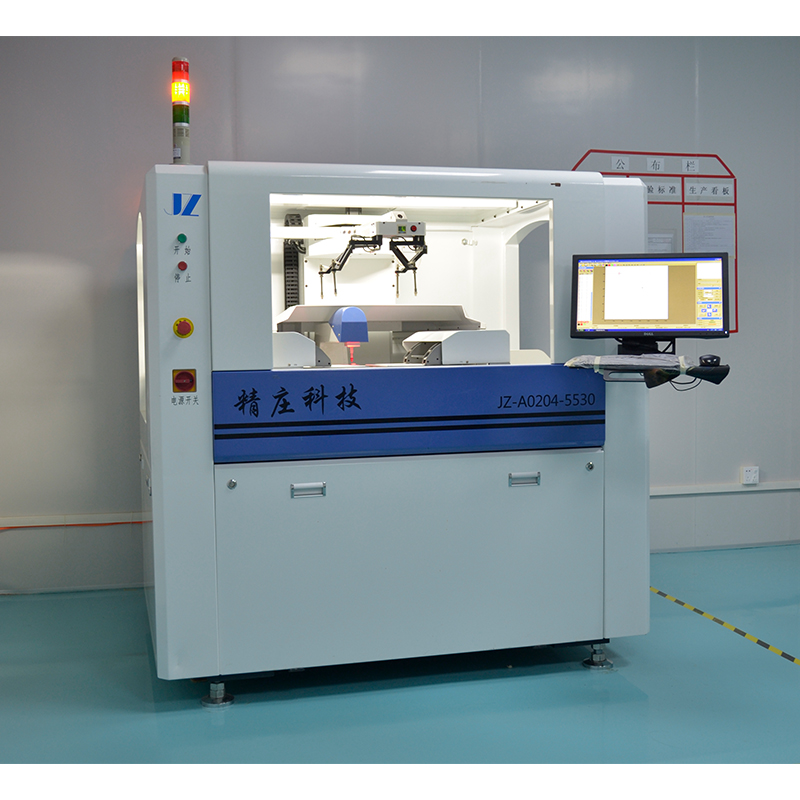In the ever-evolving world of technology, data collection systems play a vital role in various industries. These systems allow us to collect and analyze data from multiple sources, providing valuable insights and improving decision-making processes. To build a reliable and efficient data acquisition system, the key component is the printed circuit board (PCB). Designing a PCB prototype specifically for a data acquisition system can be a complex task, but with the right knowledge and tools, it can be accomplished successfully.
Before delving into the details of data acquisition system PCB prototyping, let’s first understand what a PCB is and its importance in electronic devices. A PCB is a board made of non-conductive material (usually fiberglass) on which electrical components such as resistors, capacitors and integrated circuits (ICs) are mounted. It acts as a platform that connects and supports these components and ensures their proper functioning in electronic devices.
A data acquisition system refers to a set of components that collect, process and store data from various sources such as sensors, instruments or digital communication interfaces. These systems are used in a wide range of applications, including industrial automation, scientific research, environmental monitoring and quality control. A well-designed PCB is critical to ensuring the accuracy, reliability, and performance of your data acquisition system.
So, how do you create a PCB prototype specifically for use in a data acquisition system? The process can be divided into several steps, from the initial design phase to the final production-ready prototype.
1. Define specifications: The first step is to clarify the requirements and specifications of the data acquisition system. This includes determining the number and types of sensors or instruments to connect, the required sampling rate and resolution, power requirements, and any special features required. By having a clear understanding of these specifications, you can design a PCB that meets the specific needs of your system.
2. Schematic Design: The schematic design phase involves creating a conceptual representation of the data acquisition system. This includes identifying components, their connections, and how they connect to each other. Using specialized software tools, you can create a digital representation of your system’s circuitry for easy modification and optimization.
3. PCB layout design: After the schematic design is completed, it can be converted into a physical layout. At this stage, you will arrange the components on the PCB and define their connections using copper traces. Signal layout and routing should be carefully considered to ensure signal integrity, noise reduction, and minimize interference between components. Modern PCB design software offers advanced features such as automatic routing and design rule checking to make this process more efficient.
4. Component Selection: Selecting the correct components is critical to the functionality and performance of your data acquisition system. Factors to consider include component specifications, availability, cost and reliability. Additionally, components must be compatible with your chosen PCB manufacturing process and assembly technology.
5. PCB production: After the design is completed, the next step is to produce the PCB. There are several methods to choose from, including traditional etching, milling or outsourcing manufacturing to a specialist manufacturer. Each method has its advantages and disadvantages, so it’s important to choose the best option based on your skills, resources, and cost considerations.
6. Assembly and Testing: Once the PCB is manufactured, the next step is to assemble the components onto the board. This can be done manually or using automated assembly equipment, depending on the complexity and volume of the project. Once assembly is complete, thorough testing should be performed to ensure the functionality and reliability of the data acquisition system.
Data acquisition system PCB prototyping requires technical expertise, attention to detail, and a systematic approach. It’s also crucial to keep up with the latest trends and industry standards to design future-proof systems. In addition, it is important to stay abreast of advances in PCB design software and manufacturing technology to optimize the prototyping process.
In summary, designing PCB prototypes for data acquisition systems is a challenging yet rewarding endeavor. By carefully designing and manufacturing a PCB that meets your system’s specific requirements, you can ensure the accuracy, reliability, and performance of your data acquisition system. Remember to stay up to date on the latest trends and technologies in the field to ensure your PCB prototypes comply with industry standards. Happy prototyping!
Post time: Oct-21-2023
Back







